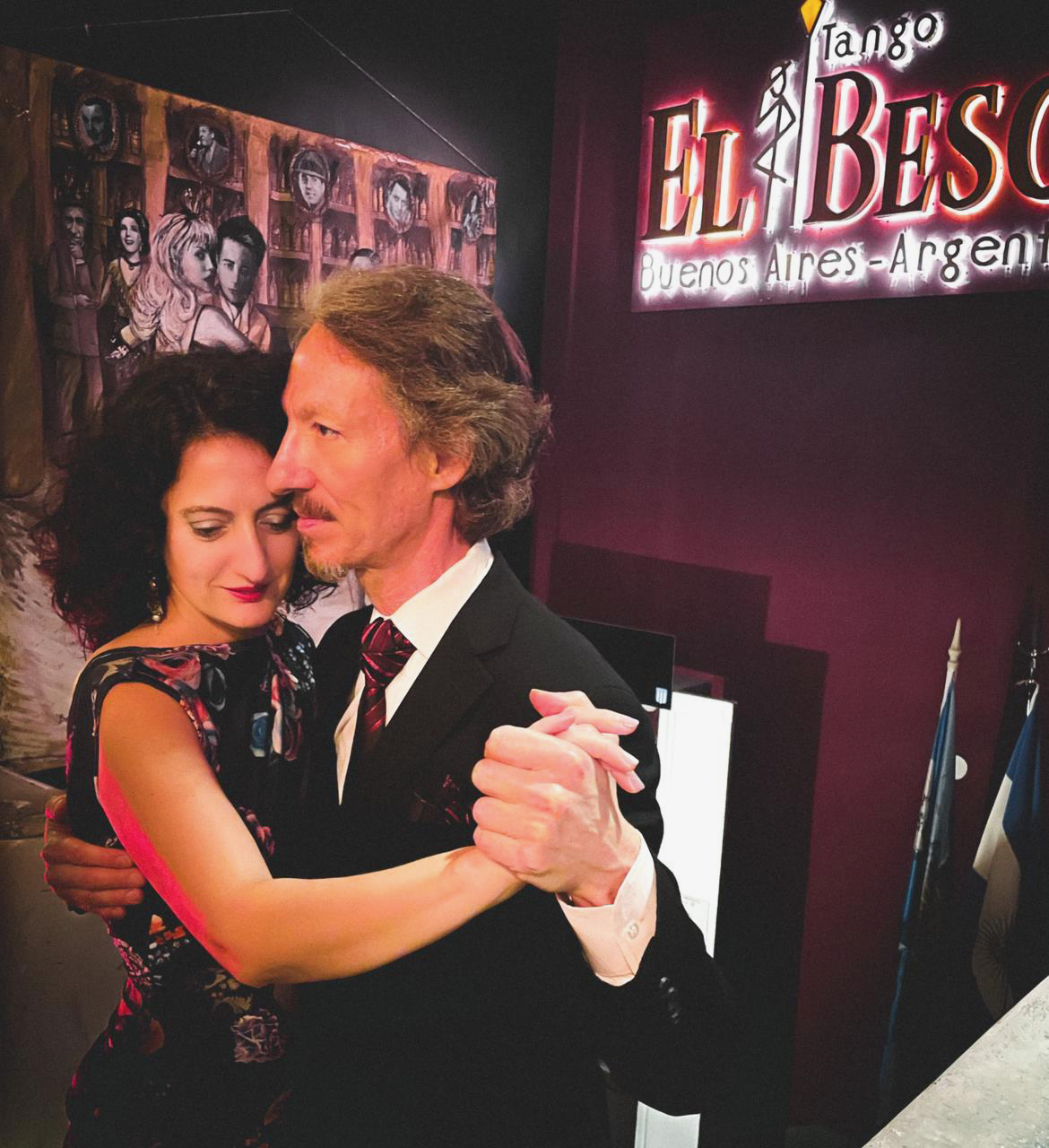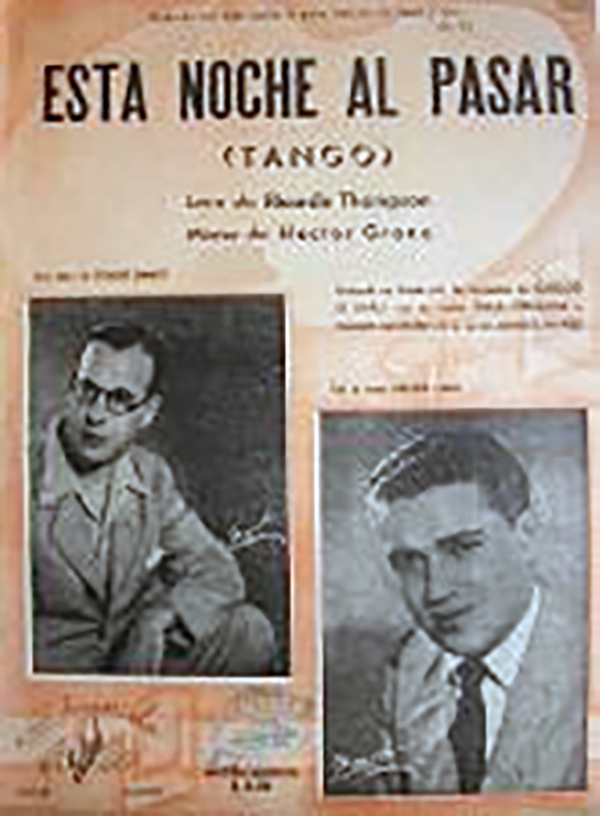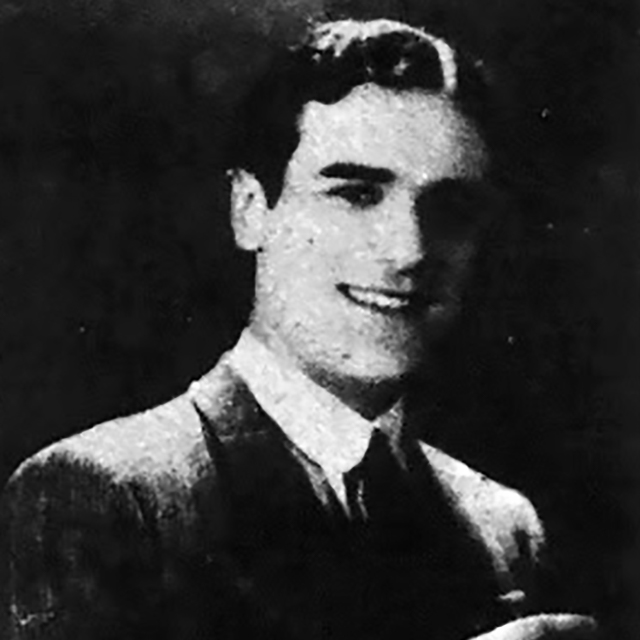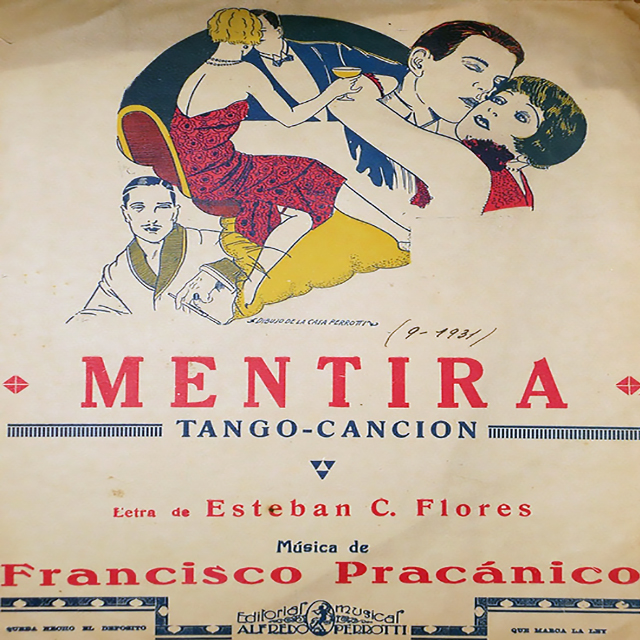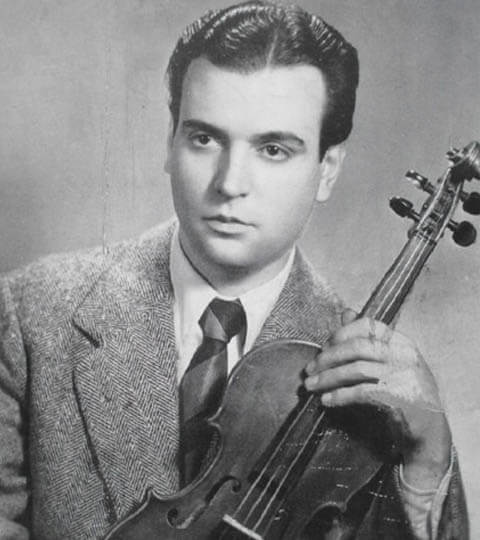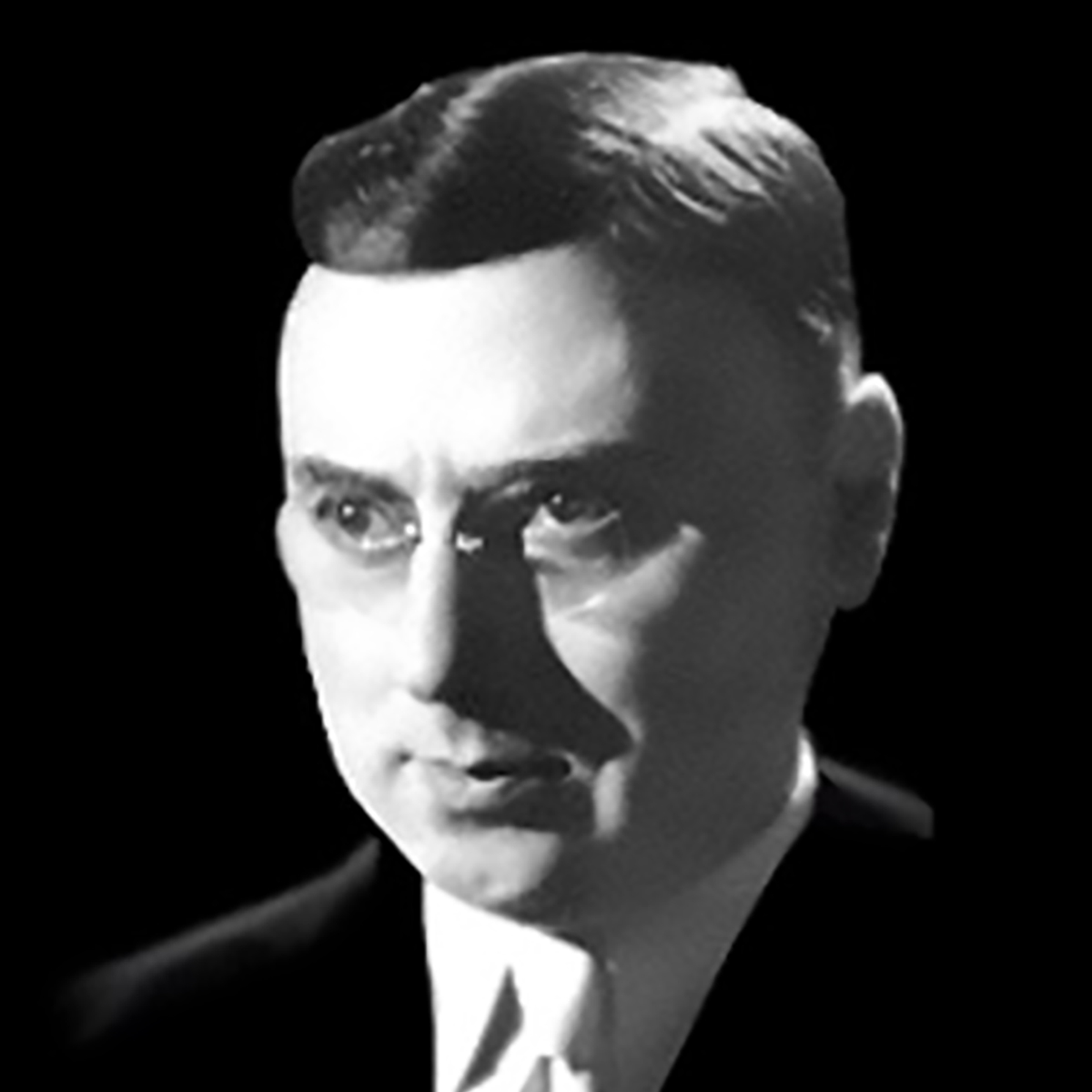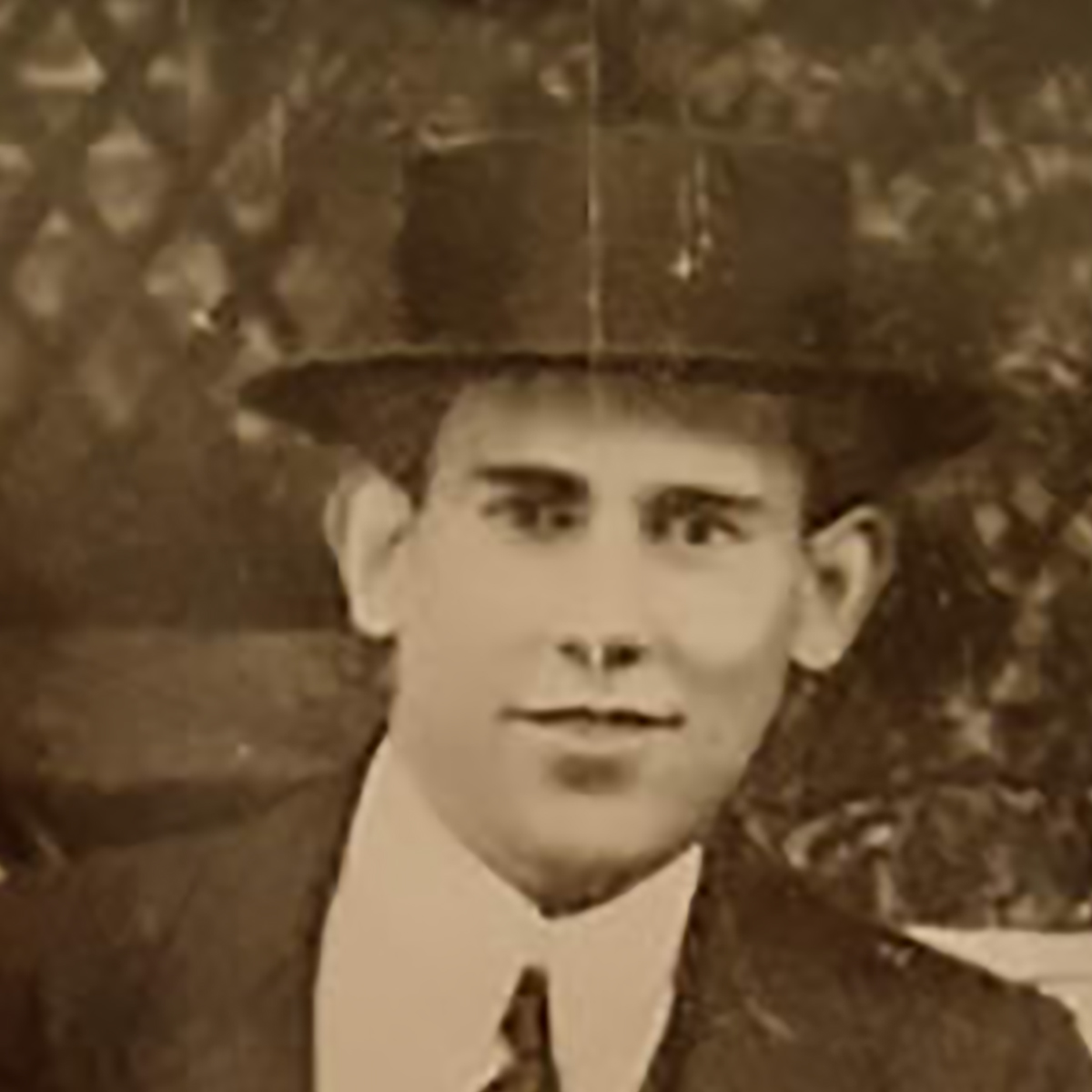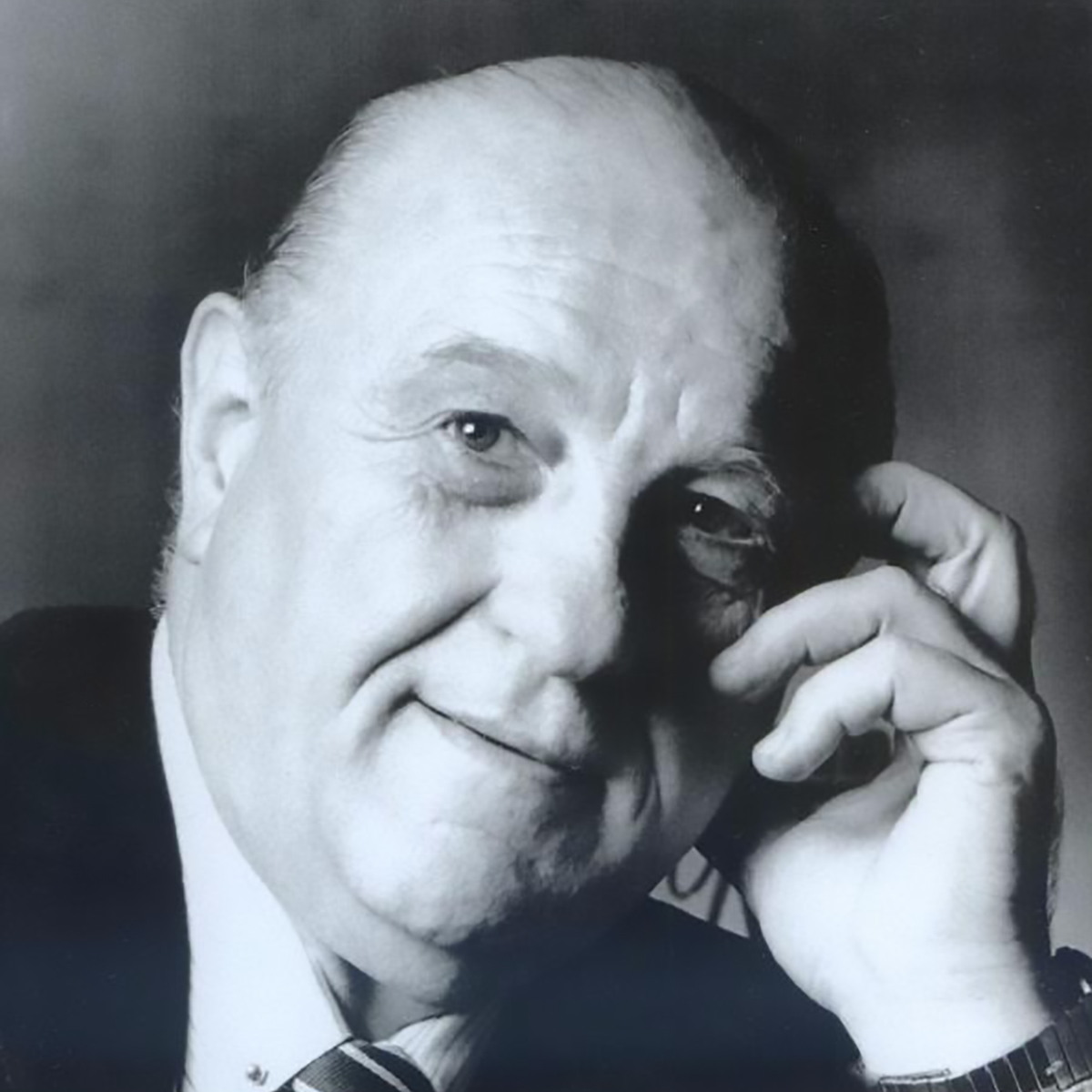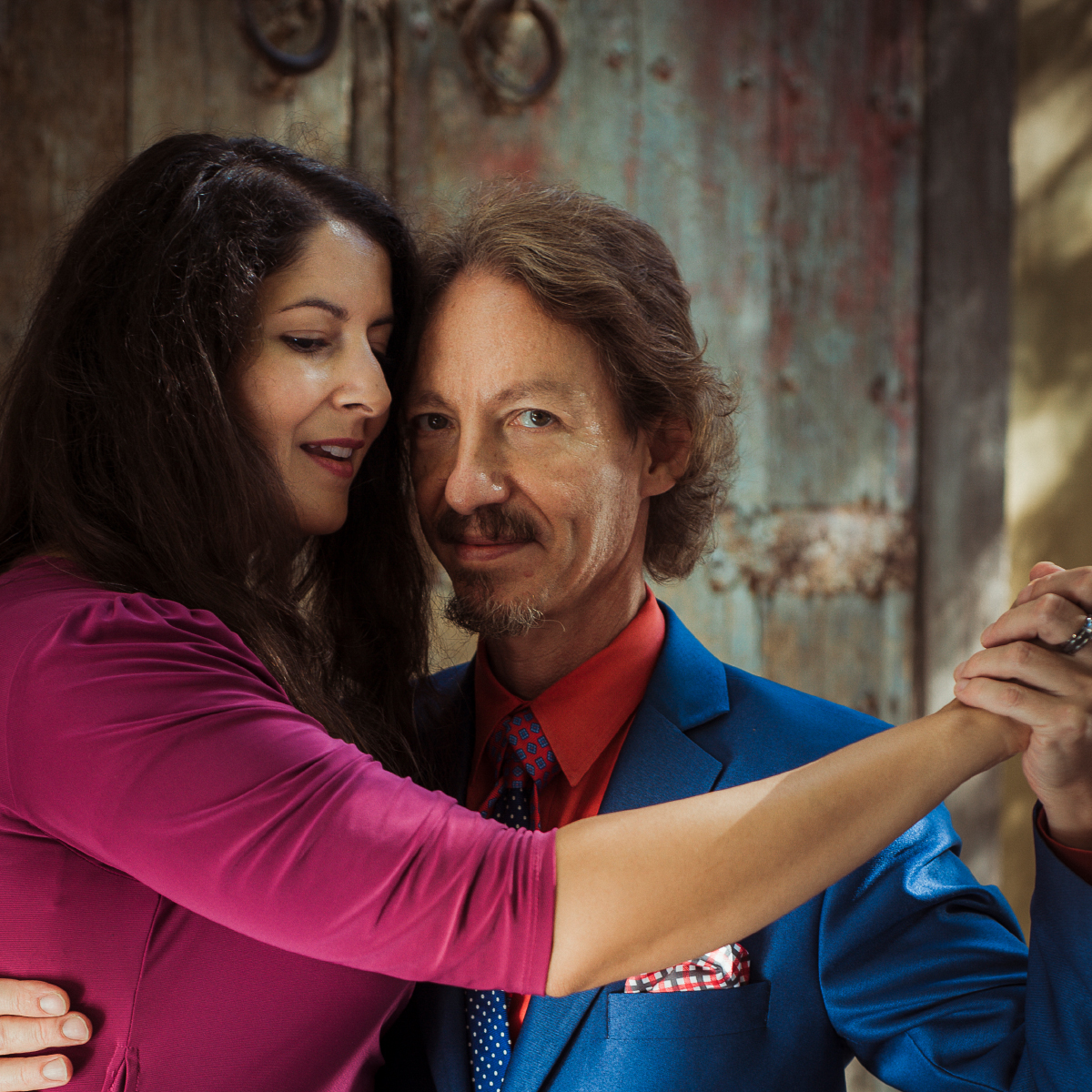
What is Argentine Tango?
“Tango is Life”
What does this sentence mean?
It suggests that those who do not tango don't know what life is.
Can such a radical thought make sense?
Ask anyone involved in Tango passionately, which is the only way to be involved in it, and that will be the answer.
This attitude in relation to Tango is rooted in the fact that Tango provides you with fulfillment, opening you up to the possibility of making your life a work of Art.
In America (North America), people think of Tango as a dance (always with the prejudice that dance means "performance", conceived as something put on for a spectator,) perhaps also as a music genre. Still, the Spanish-speaking population knows that Tango is also words, lyrics, poetry, and "chamuyo" (for Argentineans).
These are words essential to knowing Tango in all its relevant aspects. Enrique Santos Discépolo, the author of many essential tangos, declared, "Tango is a sad thought that is danced".
Every word in this phrase demands explanations that will never exhaust their meaning.
What kind of "sad thought," then, is Tango?
It is looking at the past with the feelings of what went away and realizing how little we have left to leave us, too.
“Jamás retornarás”
“Cuando dijo adiós, quise llorar…
Luego sin su amor, quise gritar…
Todos los ensueños que albergó mi corazón
(toda mi ilusión),
cayeron a pedazos.
Pronto volveré, dijo al partir.
Loco la esperé… ¡Pobre de mí!
Y hoy, que tanto tiempo ha transcurrido sin volver,
siento que he perdido su querer.
Jamás retornarás…
lo dice el alma mía,
y en esta soledad
te nombro noche y día.
¿Por qué, por qué te fuiste de mi lado
y tan cruel has destrozado
mi corazón?
Jamás retornarás…
lo dice el alma mía
y, aunque muriendo está,
te espera sin cesar.
Cuánto le imploré: vuelve, mi amor…
Cuánto la besé, ¡con qué fervor!
Algo me decía que jamás iba a volver,
que el anochecer
en mi alma se anidaba.
Pronto volveré, dijo al partir.
Mucho la esperé… ¡Pobre de mí!
Y hoy, que al fin comprendo
la penosa y cruel verdad,
siento que la vida se me va.”
"You will never return"
When she said goodbye, I wanted to cry…
Then without her love, I wanted to scream…
All the daydreams dwelling in my heart
(all I dreamt of),
fell to pieces.
I’ll be back soon; she said as she left.
A fool, I waited for her… Poor me!
And today, so much time has passed without her coming back,
I can feel that I have lost her love.
You will never return…
my soul says so,
and in this solitude
I call your name night and day.
Why, why did you leave my side
and so cruel, have you destroyed
my heart?
You will never return…
my soul says,
and, although it is dying,
it is waiting for you incessantly.
How much I begged her: come back, my love…
How much I kissed her, how fervently!
Something told me that she would never return,
as the nightfall
was nesting in my soul.
I’ll be back soon; she said as she left.
I waited for her so much… Poor me!
And today, at last I understand
the painful and cruel truth,
I feel that life is leaving me.
Osmar Maderna and Miguel Caló, with Raúl Berón singing.
The lyrics are about love, a broken heart, an unfulfilled promise, and unsatisfied hopes. But, it is also a view of life from the perspective of realizing that life, and everything in it, goes away: “Y hoy, que al fin comprendo / la penosa y cruel verdad, / siento que la vida se me va.” (And today, that at last I understand / the painful and cruel truth, / I feel that life is leaving me.)
Did Osmar Maderna, one of the authors, know that he was destined to die, suddenly, at age 32, in an accident?
His short life was feverishly productive: a piano virtuoso, a gifted composer, an in-demand arranger, a successful conductor, a great friend, a beloved husband, a passionate amateur aviator… So when he left his home in Pehuajó, a city located 230 miles southwest of Buenos Aires, to start his independent life as a musician in the capital, he asked his brother to tell everyone that he went to buy a bandoneon…
How can one not be passionate about Tango?
Tango gives you a purpose: to make the world beautiful, starting with yourself, since you are the most accessible, affordable, and appropriate canvas to be the experimental field for you to probe into your understanding of beauty before being accepted by others and daring yourself to go beyond yourself and do whatever you want with it in a world into which you exist, a world populated with meanings that tend to be shaped by prejudices and misinterpretations, by accumulation and overlapping of meanings, gifted, inherited, imposed by others, or developed by you to justify some of your beliefs, hide your hypocrisies and calm your anxieties.
You will need to probe your creation, dance, and style to be refreshing and more meaningful than what is already out there.
That is exactly what it is to be a “milonguera” (a woman who regularly dances tango) or “milonguero” (same for a man).
We, milongueros, decided to accept to live in a world that reproduces the kind of existence described above, where our life is possible not only by our participation in the economy of our societies, by having a job like everyone else, but beyond this primary satisfaction of our elementary needs, we EXIST in accordance with what is beautiful, with “compás y elegancia” (musicality and aesthetic energy efficiency), shaping every manifestation of our being-in-the-world-with-others according to proportions that are the same, that seem, from our human perception, to underlie the universe.
Pythagoras (495 BC), after researching what notes sounded pleasant together, worked out the frequency ratios (or string length ratios with equal tension,) and found that they had a particular mathematical relationship. The octave was found to be a 1:2 ratio, and what we call today a fifth to be a 2:3 ratio.
Ratios produce all the notes of a musical scale.
The same as rhythm can be defined by ratios.
Including the rests -pauses-, essential to dancing Tango.
And the proportions of our bodies.
Proportions are everywhere.
The artist uses this awareness of proportions as a guide to creation.
And now, combine all these proportions with another human, who, being of the same species, is also different from you.
One of these differences is that we are sexed.
Being sexed is related to our mortality. We need this duality to preserve our species. And when the raw sensations of our sexuality fade away, only the human embrace -more than anything- still satisfies our need for consolation in the face of the abyss of the infinite void of death, always ahead.
How fulfilling to learn about our bodies, our existence in the world, discipline, and train ourselves to extract beauty from the depths of our lives! How exciting to engage in such adventures in the company of that mysterious being that is so familiar and yet such a stranger! A being that calls us like the mermaids would, with a voice that draws out from our perception all other indicia, which will harmonize with that music, which, in its bold approach, recalls the tragic inevitability of a storm that will take away all our superficial possessions, and leave us only with ourselves, longing for an embrace.
In Plato’s “The Symposium”, Aristophanes tells a legend that the human being was, in its origins, a double being, composed of two entities, of what is today a human body. These creatures offended the gods, so they cut them in half. The beings’ first reaction was to embrace each other.
We like to say in Argentina: “el Tango te espera” (Tango is waiting for you).
This patient waiting is another manifestation of its call, not a call that awakens our curiosity, like the sounds of our cellphones, always buzzing with WhatsApp, Facebook, Instagram, and text messages.
It is the call of a challenge that is not easy to respond to, that is not user-friendly, that makes you think, that scares you and pushes you away in the same measure of (if we could quantify it somehow) seduction and attractiveness with which it appears to you.
Do not worry. It’s great to have that feeling! That means you are alive!
Resources:
Enrique Santos Discépolo
Urban dictionary
Osmar Maderna
Miguél Caló
Martin Heidegger
Roy Hornsby, “What Heidegger Means by Being-in-the-World”
Sigmund Freud
Gilles Deleuze
Michel Foucault
Michel Onfray
Jean Baudrillard
Friedrich Nietzsche
Plato’s “The Symposium”
This article continues…
Read this article at Medium.com
Leer este artículo en español
Learn to dance Argentine Tango
https://escuelatangoba.com/marcelosolis/what-is-tango-2/
